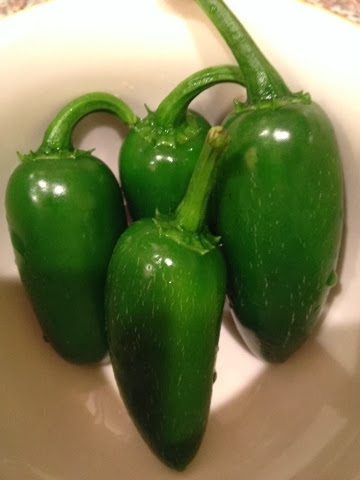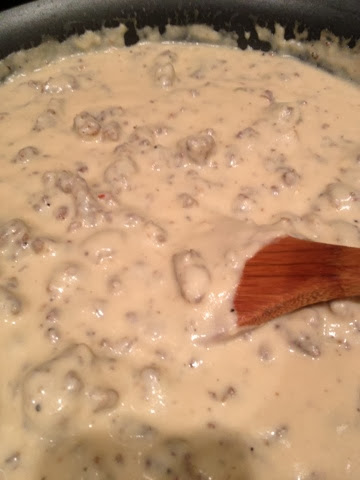When we pass away, it is not the material possessions that matter most. It is not how much money we had, the cars, houses, clothes, electronics, or furniture. I am pretty sure none of that passes through a person's mind when death calls your name.
In the days after someone's passing, those material things are boxed, bagged, thrown away, shipped to family and friends, donated, or sold. The material things mean very little after the person that gave those items meaning and life has passes away.
What lives on are the events, experiences, leasons learned and taught. The people that remain are the legacy of those that have long passed away. With every story, whether it is retold, expressed in a craft that was taught or an old family recipe, that person's memory lives on. We continue their journey with them and for them.
After a long battle with cancer, my beautiful mom passed away on December 17, 2013. She will be greatly missed but her legacy lives on. It lives in me, my dad, the family and friends that were so greatly touched by her love, support, humor, and compassion. Although she has passed away, the great wave of impact she had on this world lives on. I will tell her story, cook her recipes, continue her passion to learn new crafts, and to reach out and experience the world and its people.
I leave you until next time with a few lines by ee cumming's "i carry your heart with me":
"here is the deepest secret nobody knows
(here is the root of the root and the bud of the bud
and the sky of the sky of a tree called life; which grows
higher than the soul can hope or mind can hide)
and this is the wonder that's keeping the stars apart
i carry your heart (i carry it in my heart)"


















